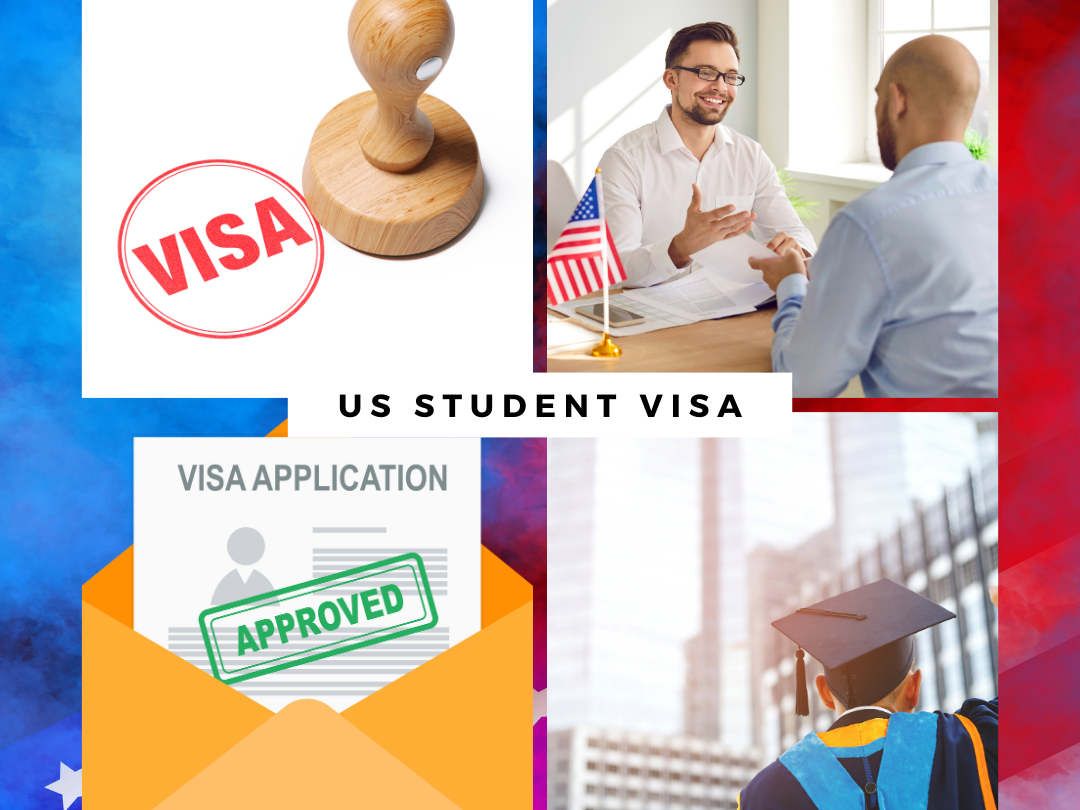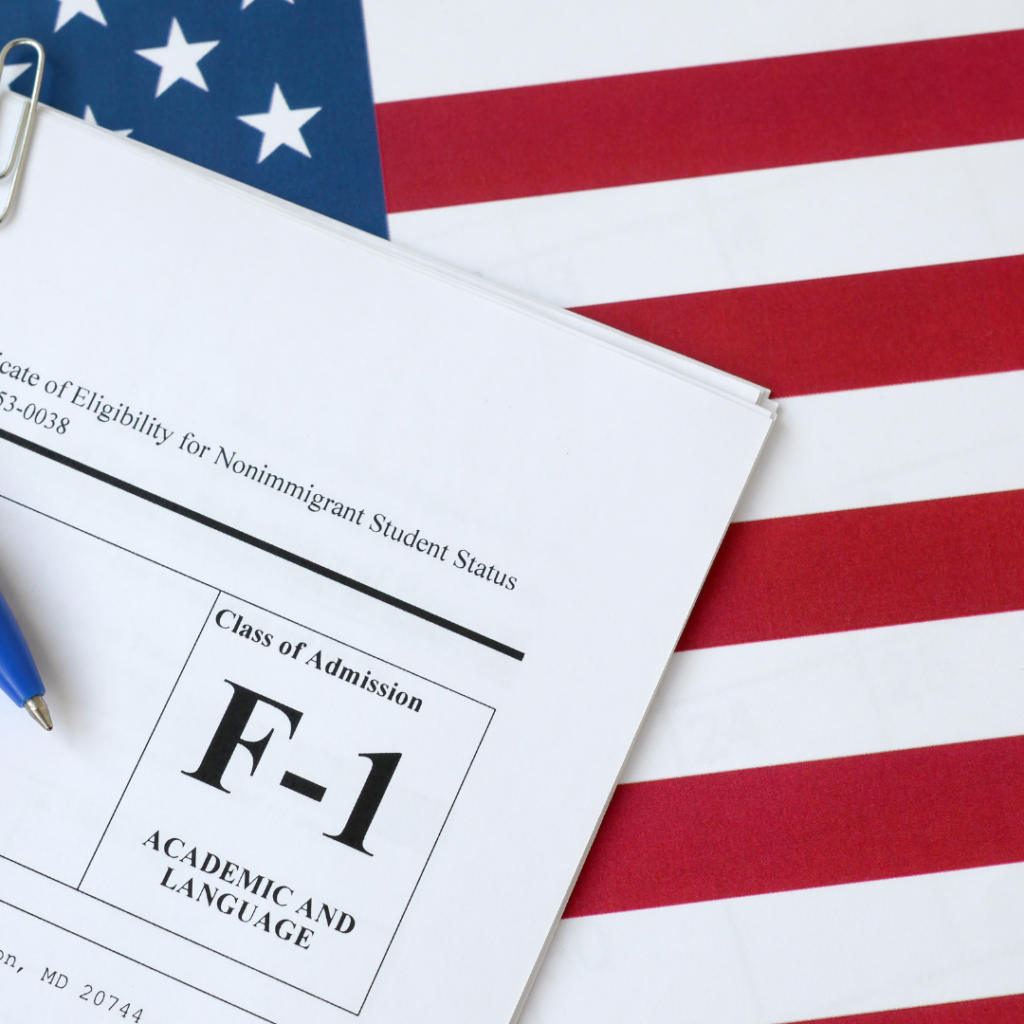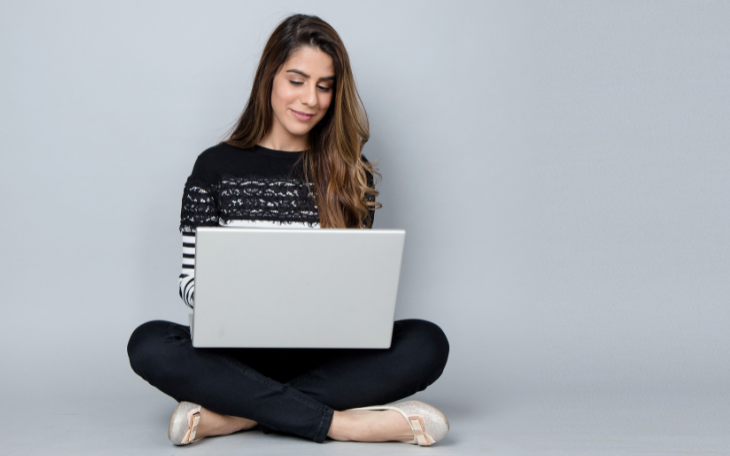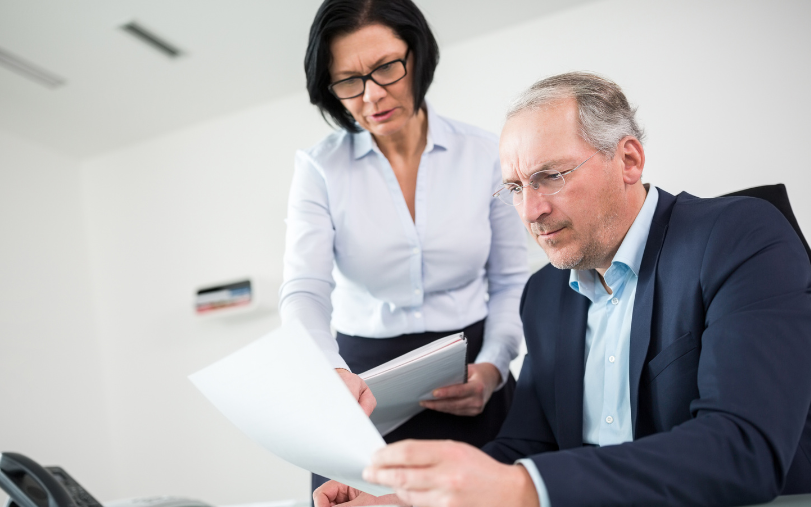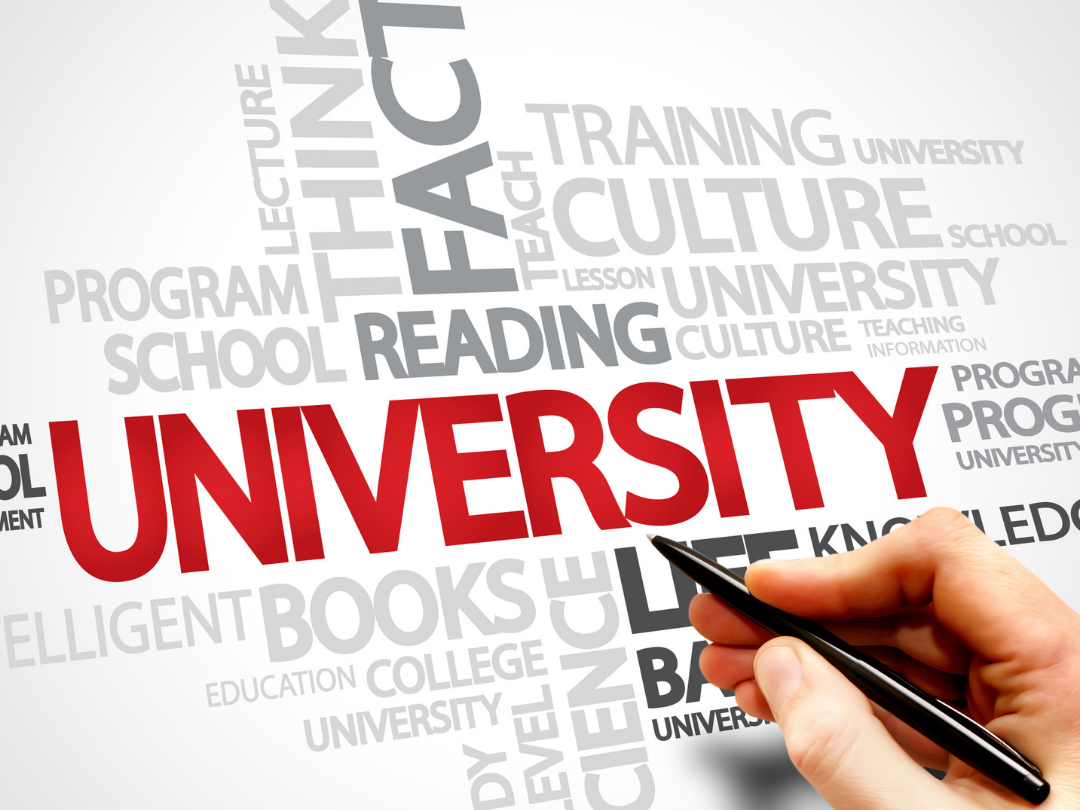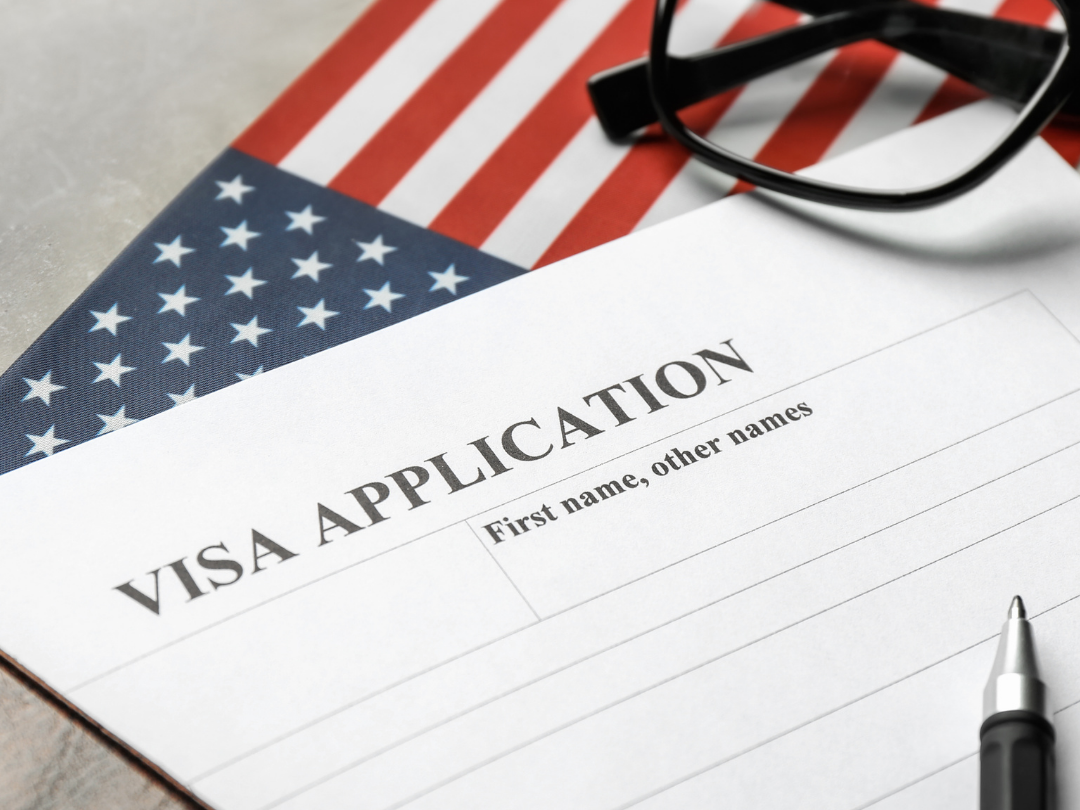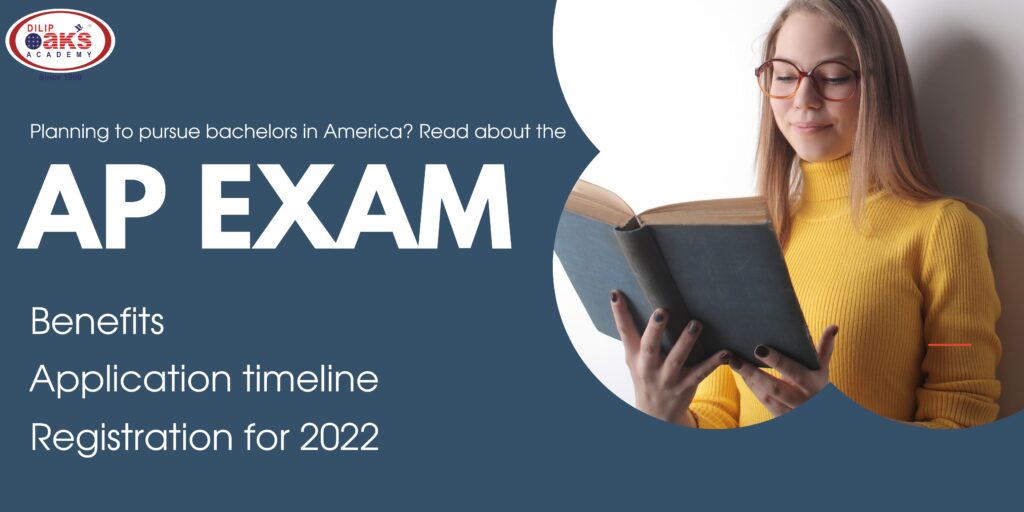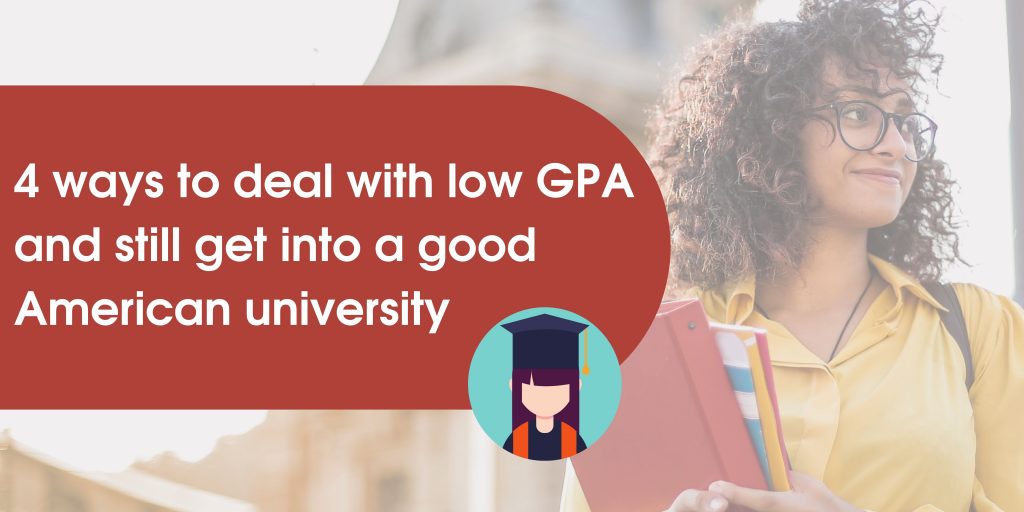
When you’re accepted into a Student and Exchange Visitor Program (SEVP)-certified school in the United States as an international student on an F-1 or M-1 visa, you’ll receive a Form I-20 from your designated school official (DSO). This I-20 Form, issued by the Department of Homeland Security, is crucial as it certifies your eligibility to travel to the US as a student, distinguishing you from an immigrant.
Remember that your I-20 is essential for visa application and entry to the US but is NOT a visa. Visas are issued by US consulates, while the I-20 is produced by your school.
Key Points to Verify on Your I-20 Form
Your I-20 is a 3-page document containing essential details, with the most crucial information on the first page. Before accepting your I-20, it’s important to check the following:
Personal Information
Verify that the following details match those on your passport:
- Surname/Primary name
- Given name
- Country of birth
- Country of citizenship
- City of birth
- Date of birth
School Information
Confirm that the following details are correct:
- School name (name of the university)
- Education level (degree applied for)
- Major (field of study)
- Start of classes (start date of the course)
- Program start and end date
In case there’s a mistake in the above information, you can request the university to send a revised and corrected I-20.
Note: While the typical duration between the start and end dates is around 21 months, on certain I-20 forms, it may extend to 28 or even 36 months. However, this does not imply that your course will be longer. The university provides a grace period for completing your studies. Most programs are completed within 3 to 4 semesters, totaling 16 to 21 months.
Financials
Review the estimated costs and funding sources on the form, including scholarships, personal funds, and other financial assistance.
Most universities provide the estimated average cost for 9 months, while some cover expenses for 12 months, which includes living costs for the Summer semester.
The estimated average cost specifies each of the following items separately:
- Tuition and fees
- Living expenses
- Expenses of dependents
- Other miscellaneous costs, such as health insurance
This section also mentions Funding sources, which may include
- Funds from the school (scholarships/financial assistance)
- Personal funds, funds from another source (Family funds)
- Funds from other sources
During the visa interview, students must present financial documents demonstrating access to liquid funds equivalent to the total cost specified on the I-20.
Note: Liquid funds include funds in bank, education loan, employee provident fund, investment in shares and mutual funds.
School and Student Attestation
Confirm that the appropriate university official has signed the I-20. It is also important for you to sign it before your visa interview.
Understanding the Second and Third Pages of the Form I-20
The university utilizes the second page of the I-20 for employment authorization during Curriculum Practical Training (CPT), which allows the student to work in the United States. It also serves as a travel endorsement for a student’s re-entry to the same school after a temporary absence from the United States. Each endorsement remains valid for one year. The third page provides essential instructions for students.
Electronic I-20 Copy for Visa Application
An electronic copy of your signed I-20 is acceptable for visa appointments and entry to the US. Print the signed copy for your visa interview and travel.
Visa Application and SEVIS Fee
After receiving your I-20, you can apply for your visa by scheduling your interview within 360 days before the program start date. Before the interview, ensure you pay the $350 SEVIS fee online. To pay the I-901 SEVIS Fee, go to FMJfee and fill out the SEVIS Form I-901.
Dependent I-20s
Your family members (spouse or unmarried children under 21) must have their own separate I-20s. They will need these I-20s to apply for and enter the US with F-2 visas.
Traveling with your I-20 Form
While studying as an F-1 student, having your I-20 with you is important whenever you travel. You’ll need to carry it along with your passport and F-1 visa when traveling internationally and returning to the US. Make sure to get your I-20 signed by an advisor from the International Center at least once a year if you plan to travel outside the US.
Other Uses of the Form I-20 Form
Your Form I-20 serves as proof of your legal enrollment in a study program within the United States, which is essential when seeking benefits accessible to F and M students. Whether applying for a driver’s license, a Social Security Number, or commencing employment on or off campus, remember to carry your Form I-20 with you.
In Conclusion
Understanding your I-20 is crucial for a smooth transition to studying in the US. By carefully reviewing its contents and following the necessary steps, you can ensure compliance with immigration regulations and enjoy a successful academic journey in the United States.
As India’s leading Study Abroad Consultant, Dilip Oak’s Academy offers a comprehensive suite of admission counseling services that can guide you through the entire process from Shortlisting Universities to Visa Counseling. With our expertise, we have successfully sent 32,000 students to various prestigious American universities like MIT, Stanford, Cornell, and Carnegie Mellon. We also offer classroom and online coaching for GRE, TOEFL, and IELTS, as well as GRE Self Prep. To explore our services, book a free consultation or call us at 91-20-67444222.

